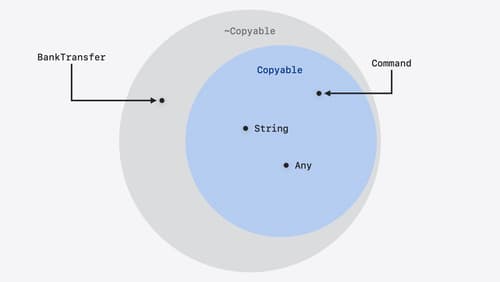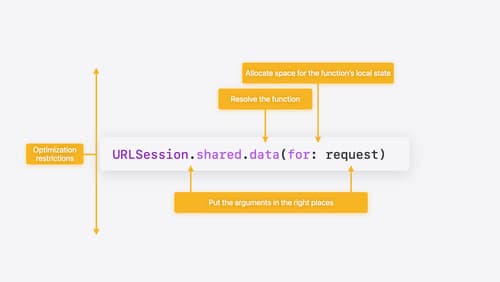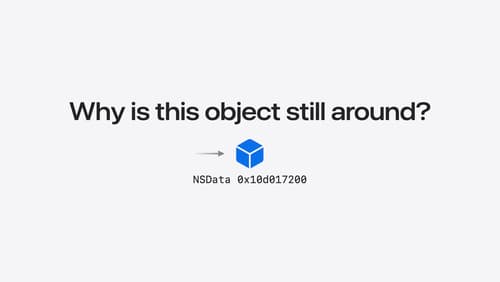when the reference type is stored on the stack
Asked on 2025-02-25
1 search
In the context of Swift and memory management, reference types are typically stored on the heap rather than the stack. Reference types, such as classes, involve pointers to objects that are allocated on the heap. When you copy a reference type, you are copying the reference (or pointer) to the object, not the object itself. This is known as a shallow copy.
However, there are scenarios where the context containing captured values in closures can be allocated on the stack, particularly for non-escaping closures. In these cases, the address of the context is passed around, allowing for efficient memory usage. For escaping closures, the context must be heap-allocated because the closure might outlive the function call in which it was created.
For more detailed information on how Swift handles memory allocation and the differences between stack and heap storage, you can refer to the session Explore Swift performance (08:29).

Consume noncopyable types in Swift
Get started with noncopyable types in Swift. Discover what copying means in Swift, when you might want to use a noncopyable type, and how value ownership lets you state your intentions clearly.

Explore Swift performance
Discover how Swift balances abstraction and performance. Learn what elements of performance to consider and how the Swift optimizer affects them. Explore the different features of Swift and how they’re implemented to further understand the tradeoffs available that can impact performance.

Analyze heap memory
Dive into the basis for your app’s dynamic memory: the heap! Explore how to use Instruments and Xcode to measure, analyze, and fix common heap issues. We’ll also cover some techniques and best practices for diagnosing transient growth, persistent growth, and leaks in your app.
